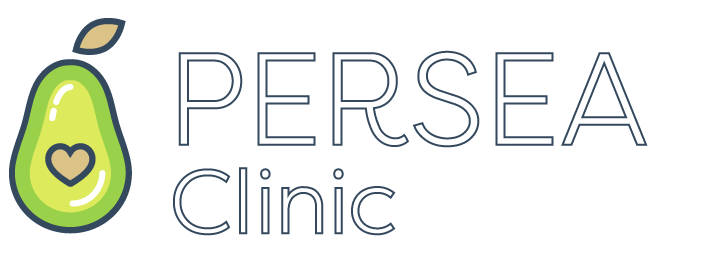Today is international plastic bag free day where we stop and think about our use of disposable plastics which in my opinion should not just be a one off day of awareness but something we reflect on all the time!
A few months ago while on holiday, my little son and I took a short stroll across a beautiful, untouched beach in Fuerteventura called Cofete. After about 20 minutes we had collected a whole bucket of plastic waste including bottles, fishermans’ nets, hotel guests’ wristbands, tooth picks and bottles’ screws!
What was really upsetting was observing a couple who sat on the beach in quite a romantic setting totally ignoring two washed up plastic bottles lying next to them - they did not think to pick up the bottles and take them to a near by bin which was literally 50 meters away. If they only knew that plastic not only affects our marine life but also their own health!
Plastic breaks down into tiny fibres called nanoplastic which are then ingested by fish and other sea-life that end up on our plates. Microplastics can also accumulate in sediment (Thompson et al., 2004), and may therefore be available to benthic species.
What happens next??
Researchers suggest that we ingest approximately a credit card worth of plastic on a weekly basis which at times is unavoidable (air pollution, work space, water, released by machinery, leaking from food packaging). Plastic waste breaks down over time realising toxic substances such as bisphenol (BPA) and phthalates. Nanoplastic can enter our cells and locally affect our GI tract and its immune responses. Once the epithelial cells of the mucousa are entered nanoplastic can travel to the blood stream and then be carried through the lymphatic system to the gall bladder and liver. “Their size enable their passage through the placenta and blood-brain barrier and into the gastrointestinal tract and lungs, potential sites for harm to occur”.
Increased toxicity from the combination of microplastics and associated chemicals is linked to cancers, impaired immunity (autoimmune disorders), birth defects and endocrine disruption.
“On highly impacted beaches, microplastic concentrations (< 1 mm) can reach 3% by weight, and are a potential substrate for the adherence of organic contaminants (Wright et al., 2013), and colonisation by bacteria (Zettler et al., 2013)”
So what can we do to eliminate our oral exposure to plastic?
Look for foods which are wrapped in plant based biodegradable wrappers
Swap from clingfilm to beeswax food wraps i.e. @ https://www.beeswaxwraps.co.uk/
Use glass containers to store your food instead of plastic
Drink from glass or metal bottles such as Klean Kanteen @ https://www.kleankanteen.com/
Install a water filtration system (reverse osmosis system or TAPP2) at your home to protect your family form harmful chemicals including microplastic
If you like sparkling water make your own using this glass system! @ https://sodastream.co.uk/products/crystal
Use organic beauty and personal care products and avoid products containing microbeads such as body scrubs, glittery make up, shower gels or some toothpastes - look for local markets or little independent shops or organic farms which may offer plastic free shopping such as jar or care products refills. I use http://www.cherrygardensfarm.co.uk/ and https://www.theecopantry.co.uk
Ditch outdoor plastic toys and replace them with more sustainable wood ones!
And see my instagram for more ideas!
Although it may appear a bit overwhelming and at times unrealistic, making just a few simple swaps can start to motivate you to change and prove that it’s easier that it sounds!
And take a look at what we’ve done with plastic fisherman nets - friendship bracelets!
🥑




